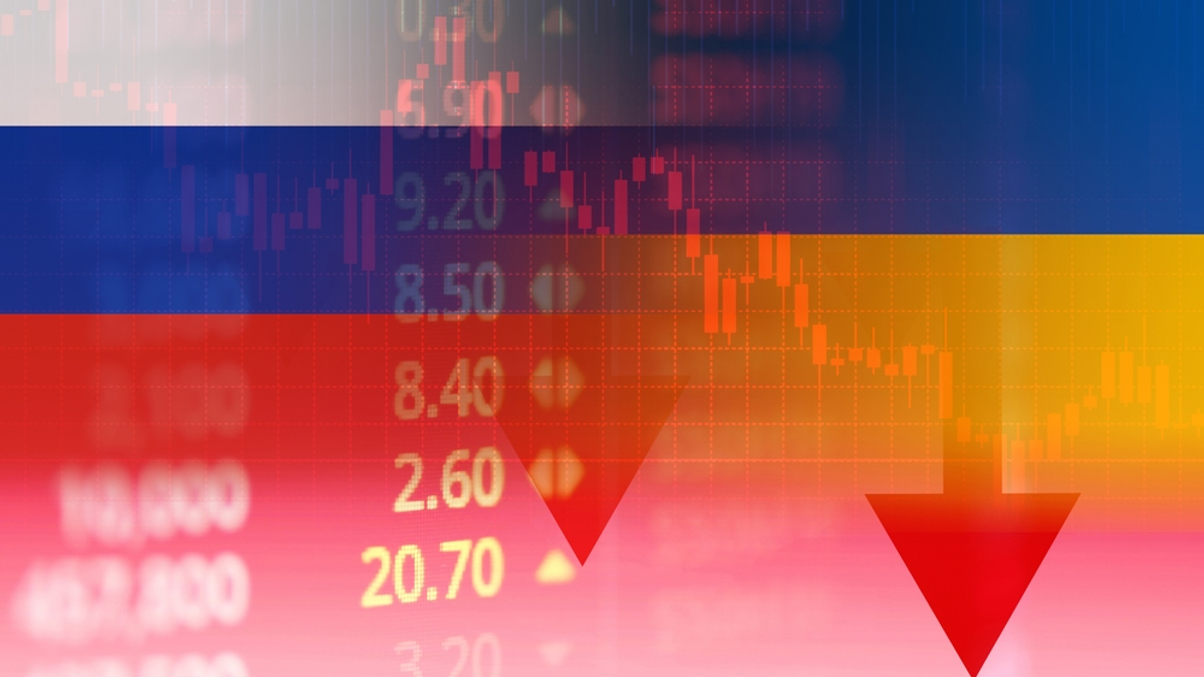Market Views: Which safe haven asset will perform amid the Russia/Ukraine crisis?
The markets have been in flux since Russia began its attack on the Ukraine. Amid the extreme volatility, we asked fund managers which safe haven assets could weather the storm.

As global markets opened in Asia this week, the first signs of the growing financial fallout of Russia’s attack on the Ukraine and subsequent Western sanctions began to show. Emerging-market currencies slumped and Australian bonds gained heavily.
Sign in to read on!
Registered users get 2 free articles in 30 days.
Subscribers have full unlimited access to AsianInvestor
Not signed up? New users get 2 free articles per month, plus a 7-day unlimited free trial.
¬ Haymarket Media Limited. All rights reserved.


